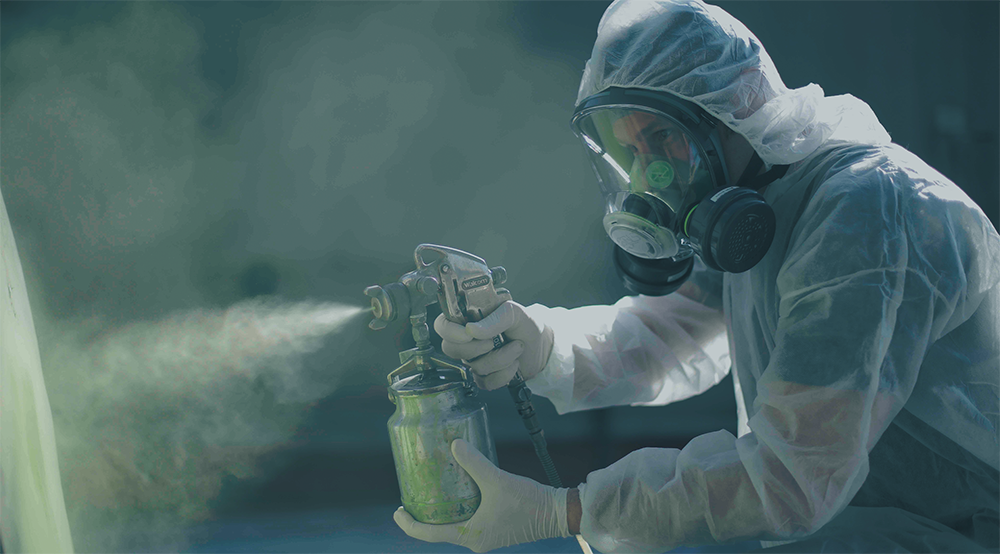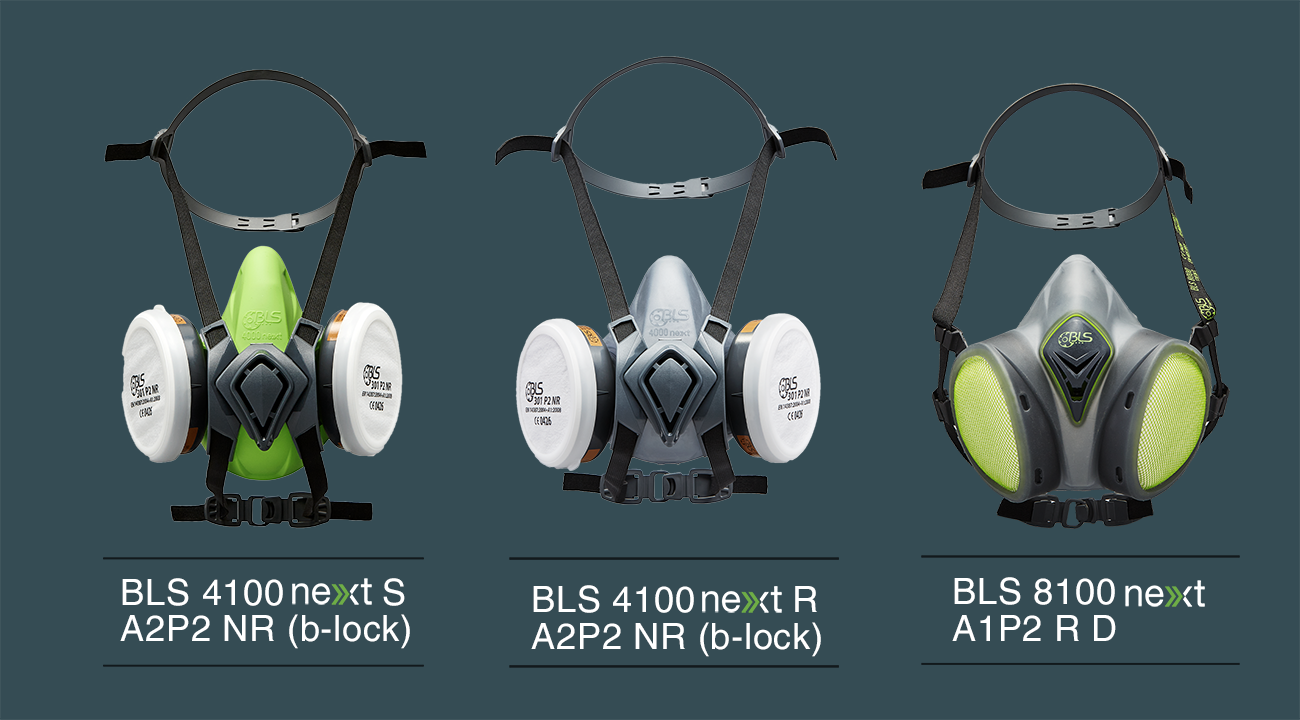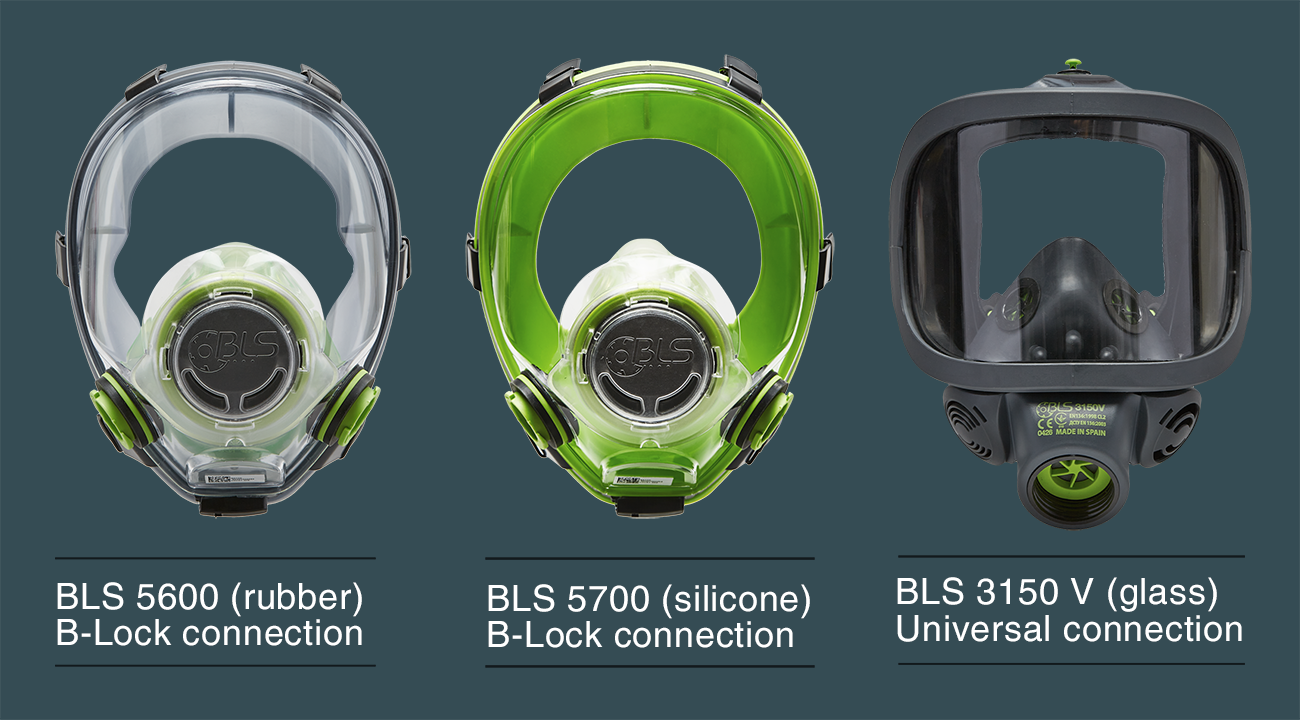Our experience in the production of respiratory protection devices makes us give an affirmative answer. Probably also in the case of 2019-nCoV, and with high probability in the less aggressive Coronaviruses, more common in our country.

In particular, in the case of some metal-based pigments, hexavalent chromium compounds stand out as the main components implicated in the development of lung cancer (see barium chromate, strontium chromate, lead sulphochromate yellow, lead molybdate red). Many work situations are characterised by exposure to these agents: the woodworking, automotive, shipbuilding and mechanical engineering industries are just the main ones.
Exposure to chemicals occurs mainly via inhalation due to the potential airborne dispersion of paint components.
Isocyanates, for example, are not volatile, but spread together with aerosols in the form of dust in very high concentrations.

Polyurethane paints are used in a variety of applications and are highly resistant and leak-proof.
These applications work so well because they use so-called polyurethane paints, "two-component" paints consisting of resins and hardeners: the latter contain isocyanates, which through a chemical reaction caused by interaction with the resins produce a layer of polyurethane paint.
Isocyanates are reactive or sensitising substances, i.e. they cause the exposed person to develop sensitisation reactions; in other words, allergies.
It should be noted that isocyanates are also contained in resins without hardeners.

Class 1 carcinogens are not always banned because the effect always depends on the dose.
"A substance may be carcinogenic if taken at a specific dose or at a higher dose, assessed in the laboratory, and may not be carcinogenic at the dose with which people come into contact in everyday life." (Facciamo chiarezza, 12 December 2018, www.airc.it)
The classification of carcinogens sees a division into 4 groups: group 1 lists substances that have produced sufficient evidence of carcinogenicity in humans. Currently, more than 120 agents have been identified at this level of severity.
In addition to inhalation through nose and mouth, diseases induced by painting activities can result also from contact with skin and eyes.
Contamination through the skin also causes various types of eye irritation, such as redness, conjunctivitis and chronic irritation.

Volatile substances are released both during the painting process and during preparatory stages such as drying and mixing of paints. The intrinsic toxicity of the elements that make up the various products in this sector is varied: solvents, thinners, pigments, film-forming agents, etc. In pigments, the main elements are chromium, cadmium, lead, cobalt and nickel.
Among the binders, the toxic agents are the isocyanates, which exert an allergenic effect, even at low doses.
In solvents, on the other hand, several elements are identified as harmful: tolune, xylene, ethyl acetate and isopropyl alcohol.
Directive 2004/37/EC of the European Parliament and of the Council deals with the protection of workers from risks to their health and safety arising from exposure to carcinogens or mutagens at work.


In order to carry out painting operations safely, BLS recommends always protecting nose and mouth with BLS 8000next and BLS 4000next series half masks, or with BLS 5000 and BLS 3000 series full-face masks for protection of the entire face, including the eyes.

Our experience in the production of respiratory protection devices makes us give an affirmative answer. Probably also in the case of 2019-nCoV, and with high probability in the less aggressive Coronaviruses, more common in our country.
Quartararo vice campione per la stagione 2022 Domenica 6 novembre 2022, Valencia, Spagna Con la gara di ieri a Valencia si è conclusa la stagione 2022 del campionato MotoGP. Il pilota in gara, Fabio Quartararo, si è confermato il vice campione per il team Monster Energy Yamaha MotoGP con 248 punti, secondo a Francesco […]
BLS Safety Guide: Industria siderurgica Guida realizzata dalla monografia redatta dal Dott. Antonio Moffa, dalla Dott.ssa Claudia Beccaria e dall’Ing. Lucrezia Giorgi dell’Unità di Terapie Integrate in Otorinolaringoiatria della Fondazione Policlinico Universitario Campus Bio-Medico di Roma. Le operazioni di manipolazione dei metalli sono riconosciute e classificate come quelle che espongono al più alto rischio […]